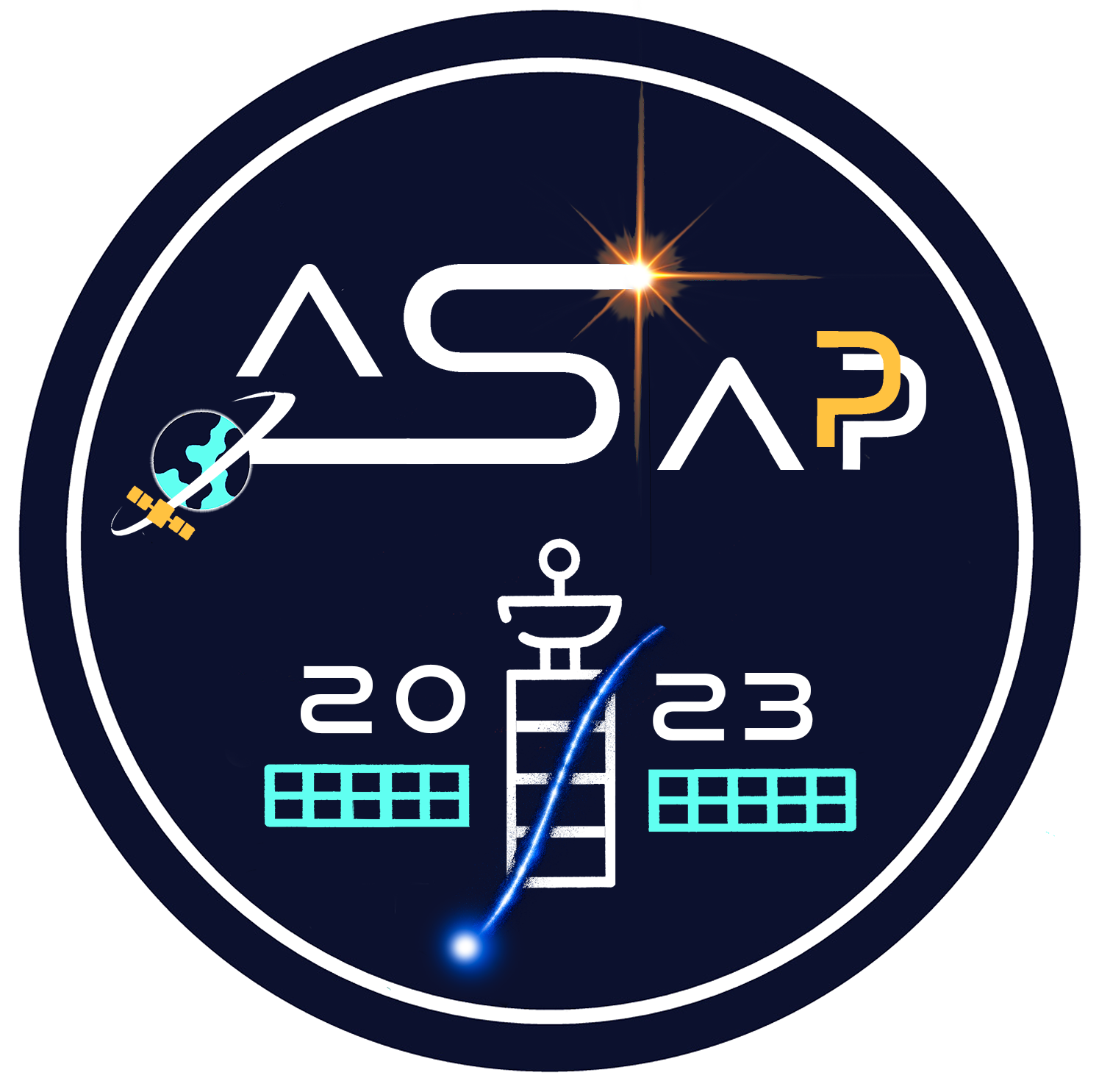Speaker
Description
The telescope Mini-EUSO is observing - since 2019 - the Earth in the ultraviolet band (290-430~nm) through a nadir-facing UV-transparent window in the Russian Zvezda module of the International Space Station.
The instrument has a square field of view of 44$^{\circ}$, a spatial resolution on the Earth surface of 6.3 km and a temporal sampling rate of 2.5 microseconds. The optics is composed of two 25 cm diameter Fresnel lenses and a focal surface consisting of 36 multi-anode photomultiplier tubes, 64 pixels each, for a total of 2304 channels. In addition to the main camera, Mini-EUSO also contains two cameras in the near infrared and visible ranges, a series of silicon photomultipliers sensors and UV sensors to manage night-day transitions.
Its triggering and on-board processing allow the telescope to detect UV emissions of cosmic, atmospheric and terrestrial origin on different time scales, from a few microseconds up to tens of milliseconds. This makes it possible to investigate a wide variety of events: the study of atmospheric phenomena (lightning, Transient Luminous Events (TLEs) such us ELVES and sprites), meteors, and meteoroids; the search for nuclearites and strange quark matter; the observation of artificial satellites and space debris. Mini-EUSO is also potentially capable of observing extensive air showers generated by ultra-high-energy cosmic rays with an energy above 10$^{21}$ eV and can detect artificial flashing events and showers generated with lasers from the ground.
The instrument has been integrated and qualified in 2019 in Rome Tor Vergata, with additional tests in Moscow and final, pre-launch tests in Baikonur.
Operations involve periodic installation in the Zvezda module of the station with observations during the crew night time, with periodic downlink of data samples, and the full dataset being sent to the ground via pouches containing the data discs. Mission planning involves the selection of the optimal orbits to maximize the science return of the instrument, the fine tuning of the observational parameters and the planning of ground-based flashing events for the end-to-end calibration of the instrument.
In this presentation we will discuss the mission status and the main scientific results obtained so far, in light of future observations with this and similar instruments.
| Eligibility for "Best presentation for young researcher" prize | No |
|---|
